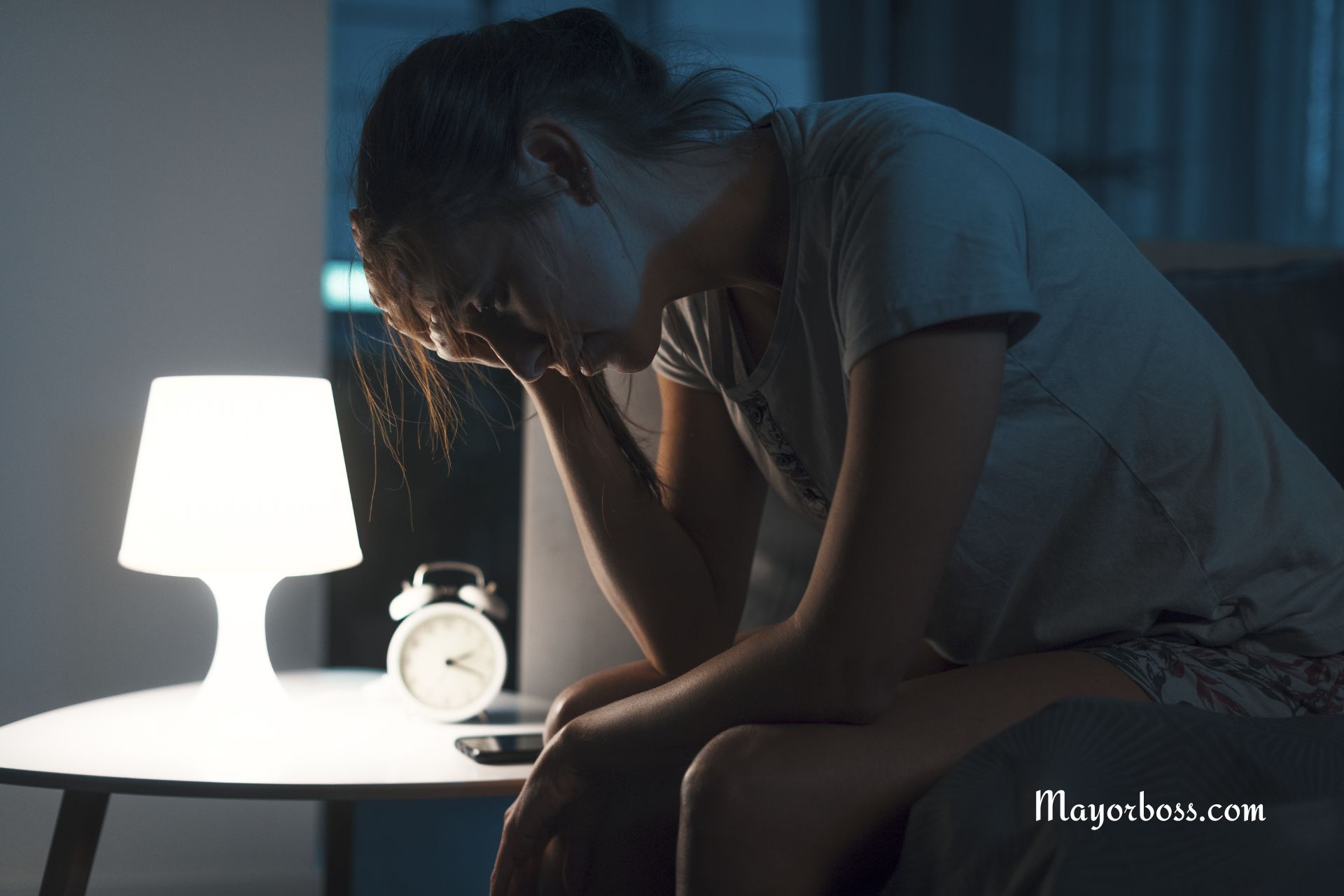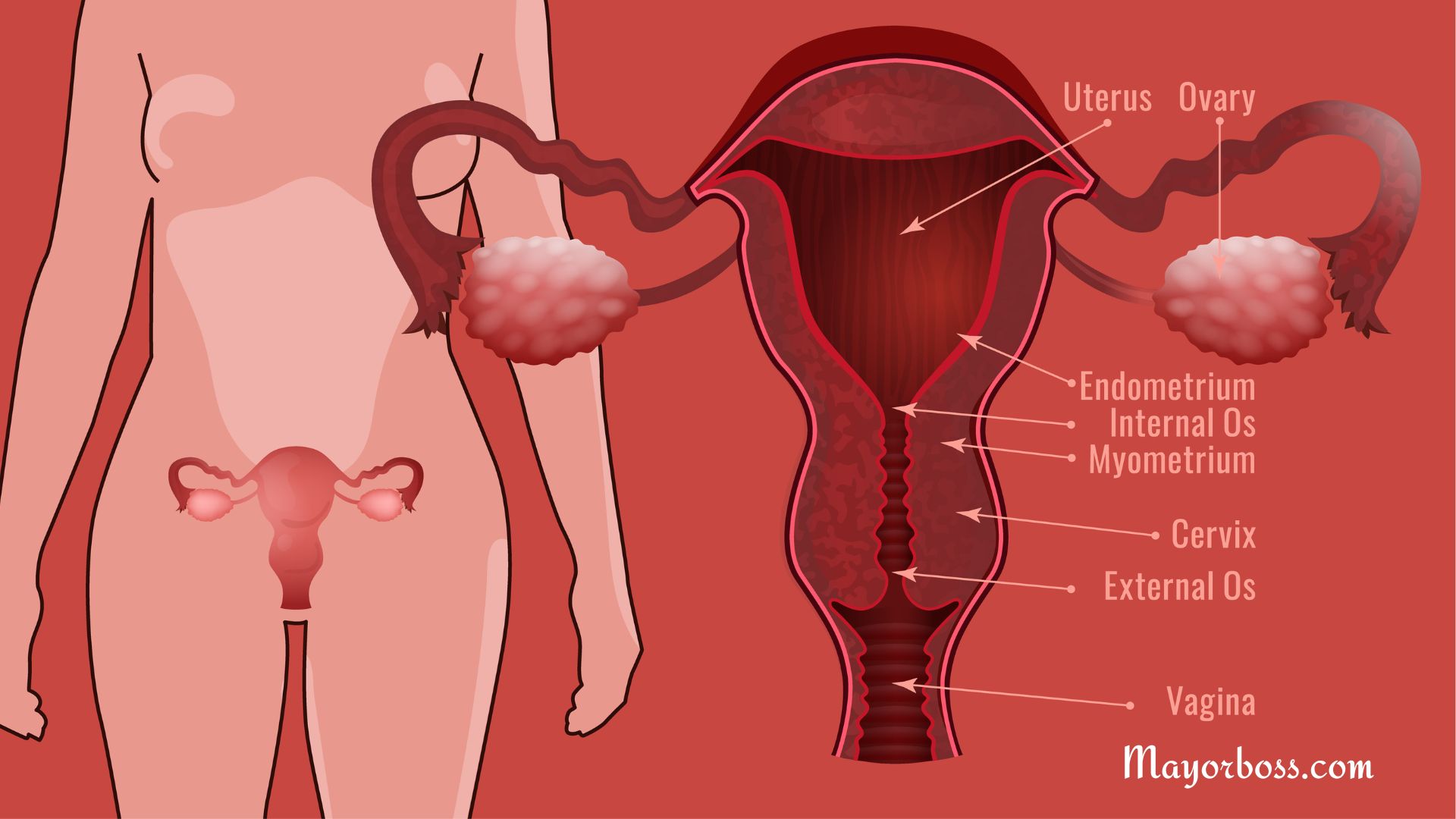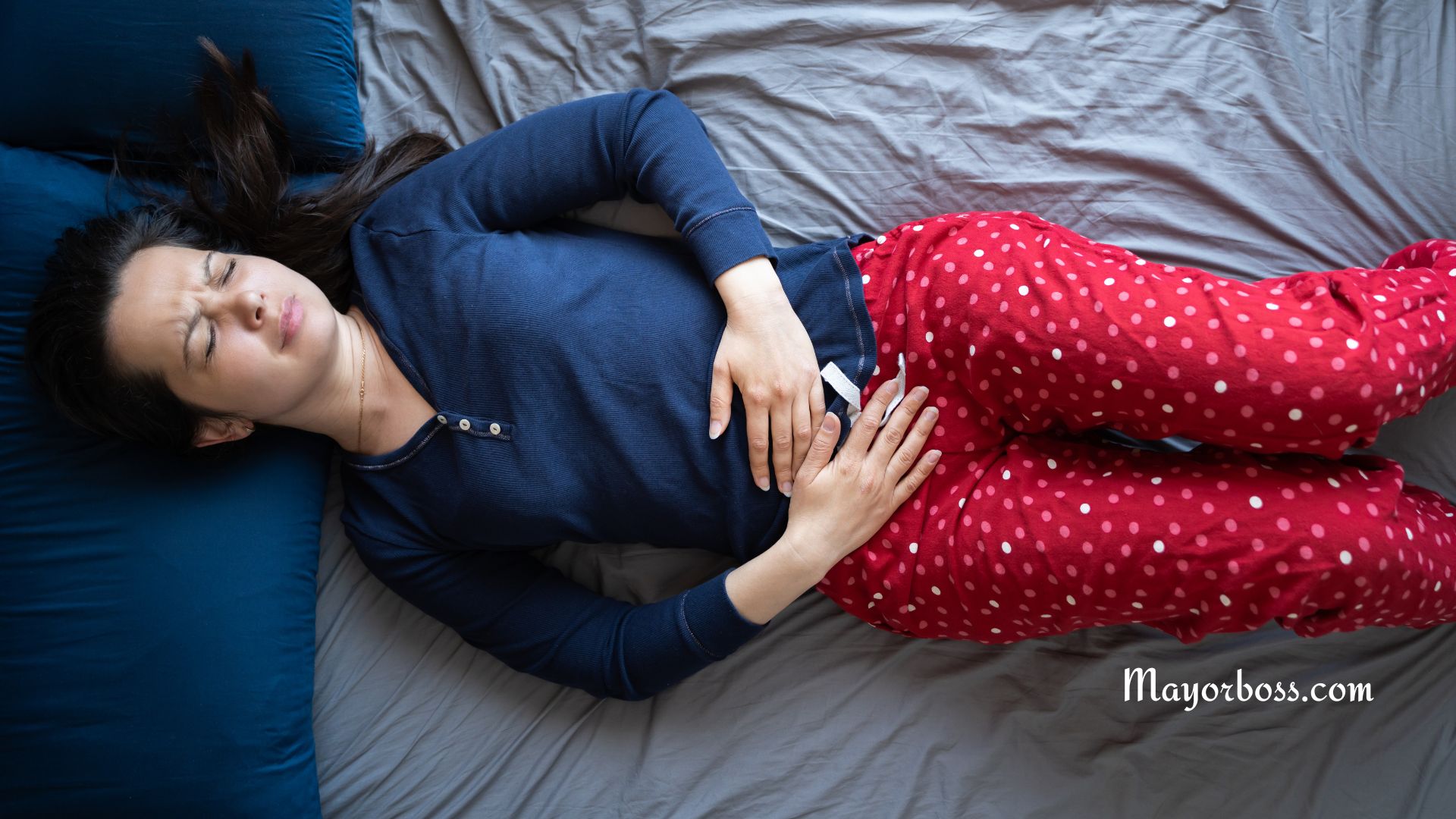What Causes Vaginal Burning and What to Do About It
Vaginal burning is a common symptom that many women experience at some point in their lives. It can be uncomfortable and distressing. But it’s important to remember that it’s often caused by easily treatable conditions. I will tell you about the causes of vaginal burning and discuss what you can do to find relief.
Common Causes of Vaginal Burning
1. Yeast Infections
One of the most common causes of vaginal burning is a yeast infection. Yeast infections are caused by an overgrowth of the fungus Candida, which is normally present in small amounts in the vagina.
When the balance of bacteria and yeast is disrupted, the yeast can multiply, leading to an infection. Common symptoms include itching, burning, and a thick, white discharge.
2. Bacterial Vaginosis (BV)
Another common cause of vaginal burning is bacterial vaginosis (BV), which happens when there is an imbalance of “good” and “bad” bacteria in the vagina. This can lead to symptoms such as itching, burning, and a thin, grayish-white discharge with a fishy odor.
3. Sexually Transmitted Infections (STIs)
Some sexually transmitted infections (STIs), such as chlamydia, trichomoniasis, and gonorrhea, can cause vaginal burning.
These infections are typically spread through sexual contact and may cause additional symptoms like pain during sex, abnormal discharge, and a frequent need to urinate.
4. Urinary Tract Infection (UTI)
Urinary tract infections (UTIs) are another potential cause of vaginal burning. UTIs happen when bacteria enter the urinary tract, usually through the urethra, and cause an infection. While UTIs primarily affect the bladder and urethra, they can sometimes cause irritation in the surrounding areas, including the vagina.
Other common symptoms of a UTI include
- A persistent urge to urinate
- Passing frequent
- Small amounts of urine
- A burning sensation when urinating
- Pain in the groin or lower abdomen
- Cloudy or strong-smelling urine
5. Irritants and Allergies
Vaginal burning can also be caused by irritants or allergies to certain products, such as soaps, laundry detergents, latex condoms, feminine hygiene products, or some lubricants.
In these cases, the painful burning is often accompanied by redness, swelling, or itching.
6. Menopause
During menopause, the levels of estrogen in a woman’s body decrease, which can lead to thinning and dryness of the vaginal tissue. This can cause vaginal burning, itching, and discomfort during intercourse.
What to Do About Vaginal Burning
Seek Medical Attention
If you’re experiencing vaginal burning, it’s important to see an OB-GYN for an accurate diagnosis and appropriate treatment. Your doctor will likely perform a physical exam and may take a swab of your vaginal discharge for testing.
Over-the-Counter Treatments
If your doctor determines that you have a yeast infection, they may recommend over-the-counter antifungal creams or suppositories to treat the infection. However, you should not self-treat without consulting your OB-GYN, as not all vaginal burning is caused by yeast infections.
Prescription Medications
For bacterial vaginosis or sexually transmitted infections, your doctor may prescribe antibiotics to treat the infection. It’s important to take the full course of antibiotics as prescribed, even if your symptoms improve before the medication is finished.
Lifestyle Changes
If irritants or allergies cause your vaginal burning, you may need to make some changes to the products you use. Consider switching to unscented, hypoallergenic soaps, laundry detergents, and feminine hygiene products.
Additionally, avoid douching, as it can disrupt the natural balance of bacteria in the vagina.
The Takeaway
Vaginal burning is a common issue with several causes, ranging from yeast infections and bacterial vaginosis to sexually transmitted infections, urinary tract infections, irritants, allergies, and menopause.
It’s important to consult with an OB-GYN if you have any concerns about your vaginal burning and itching. In many cases, over-the-counter treatments or prescription medications can effectively alleviate symptoms.
Additionally, making lifestyle changes, such as using unscented, hypoallergenic products and avoiding douching, can also help.






